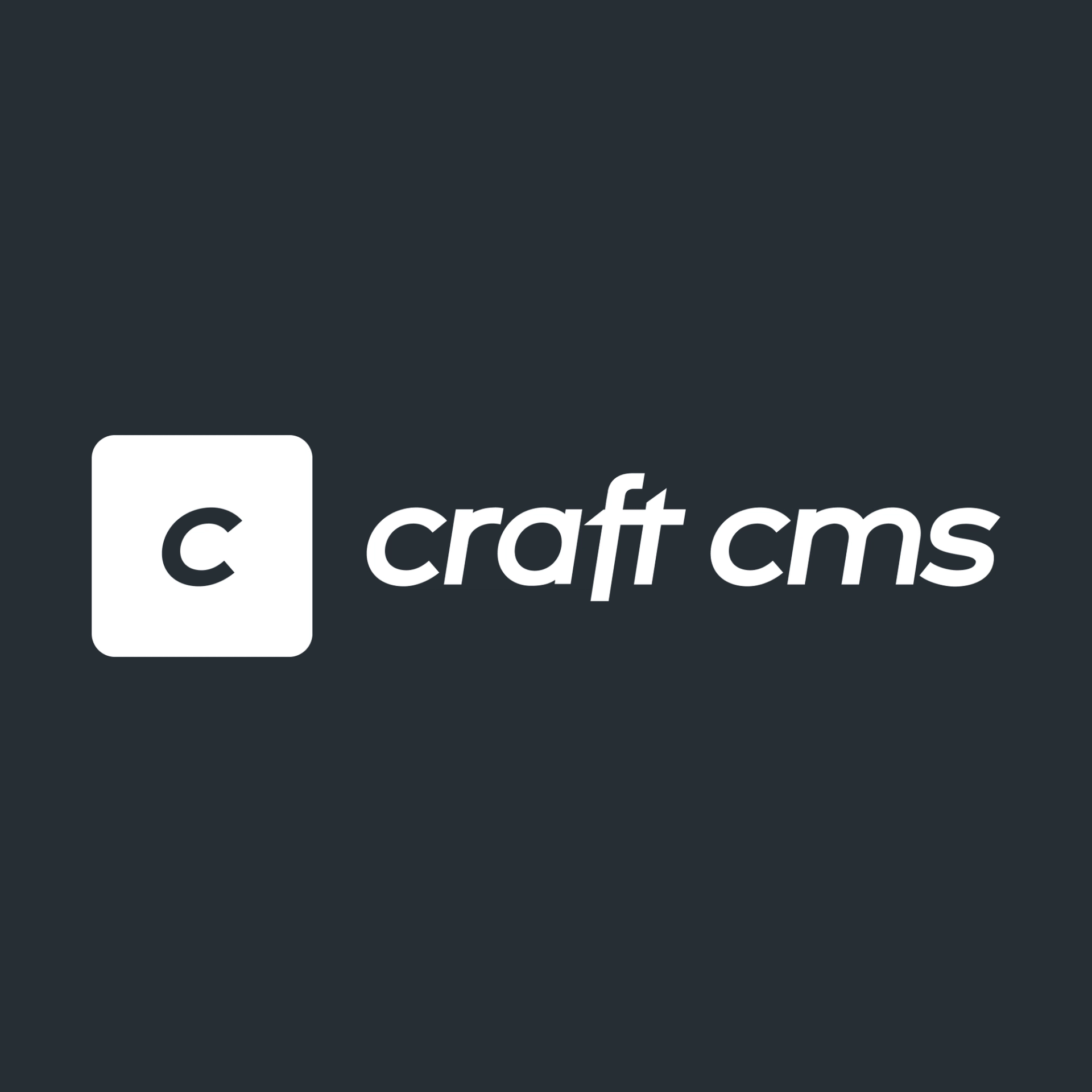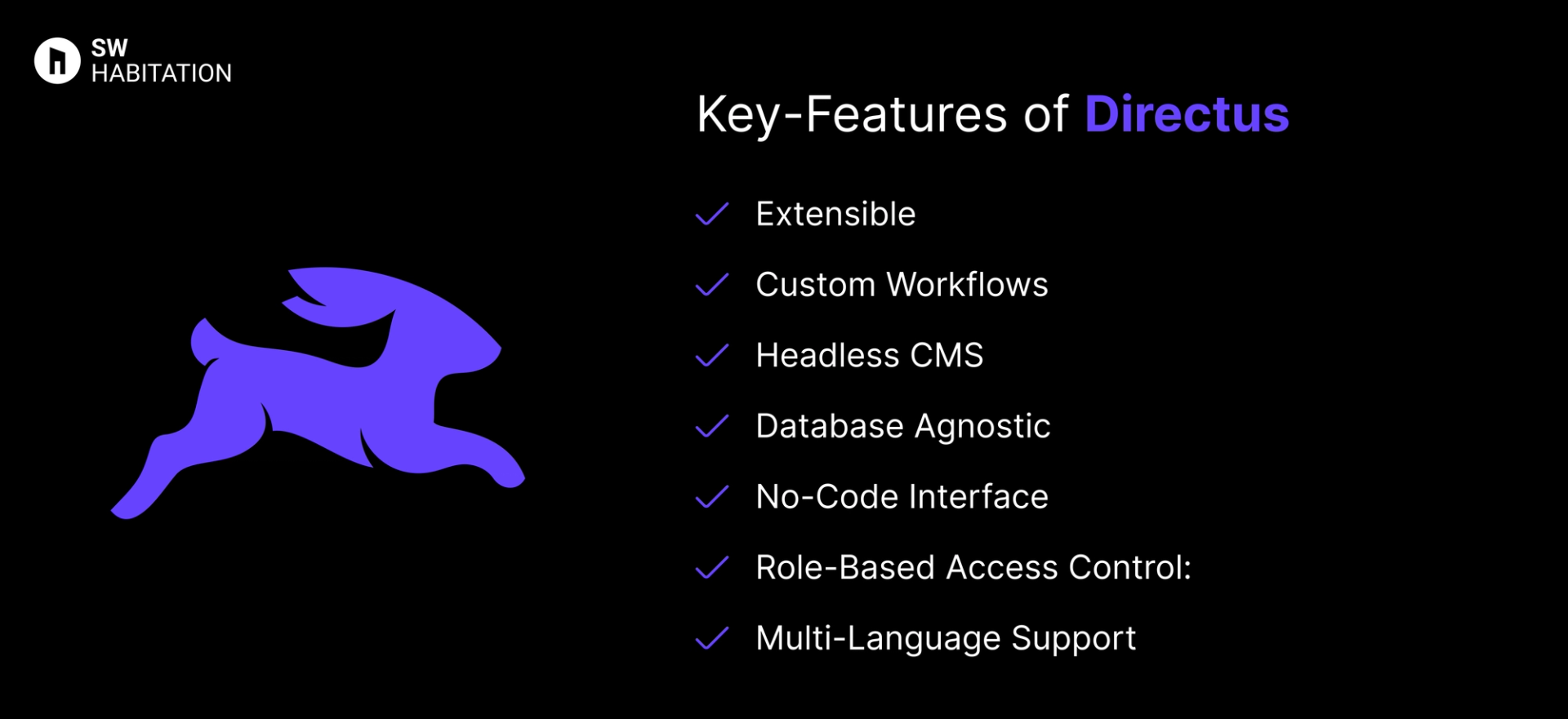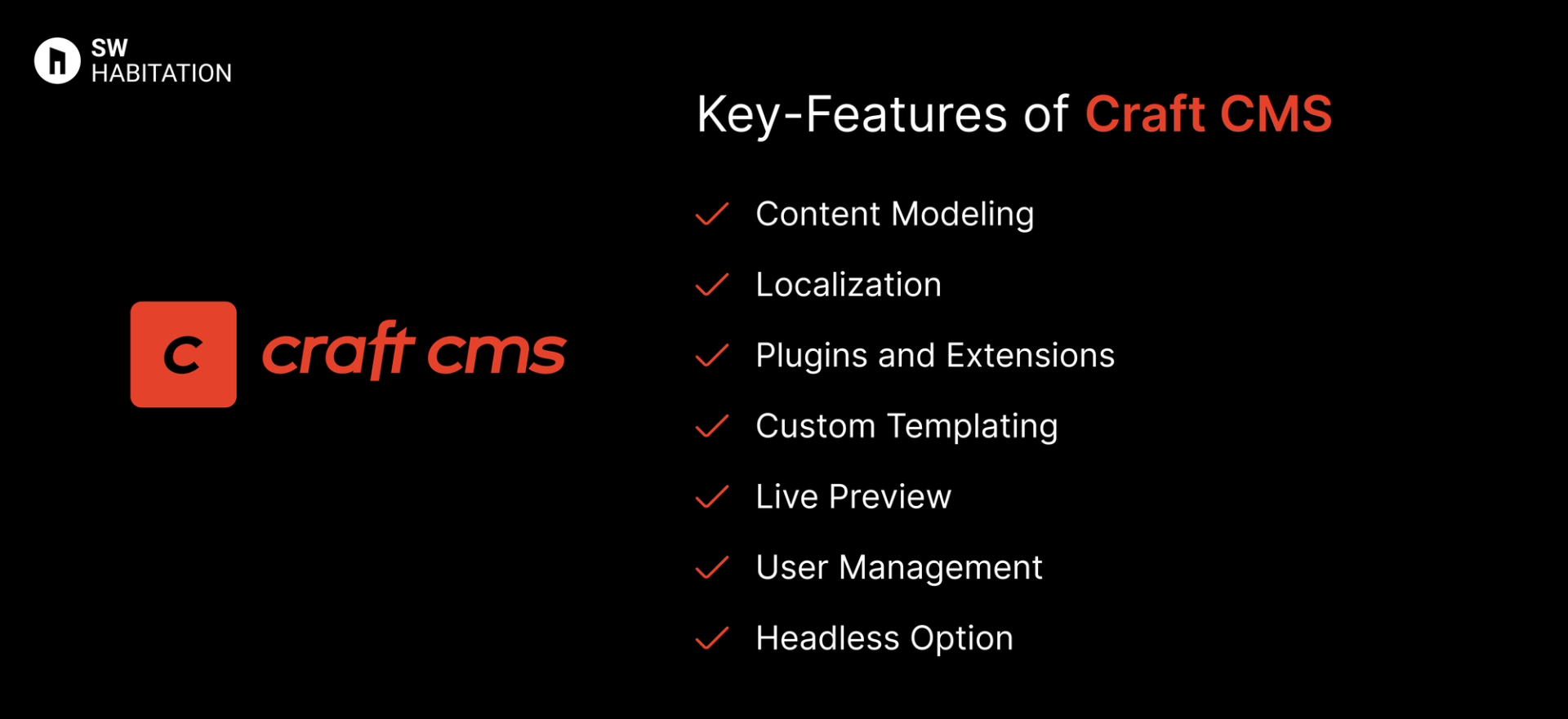Directus vs. Craft CMS

Directus

Craft CMS
You know, when you wanna make a website or a blog but don’t wanna mess with too much code? That’s where a CMS (Content Management System) comes in. It’s like a super easy tool that helps you add text, pictures, and videos to your site without needing to be a tech genius. You just log in, click a few buttons, and your content is live. It's quite simple, right?
What is Directus?
Directus is an open-source headless CMS that wraps around any SQL database, turning it into an instantly accessible API.
Think of it as a control panel for your database, giving you a clean interface to manage content without dictating how your front end should work. Whether you’re building a website, app, or internal tool, Directus lets you work with your data the way you want.
Key Features of Directus


- Extensible: Supports plugins, custom modules, and integrations.
- Custom Workflows: Set up automated actions and webhooks for custom workflows.
- Headless CMS: Provides REST and GraphQL APIs for fetching content anywhere.
- Database Agnostic: Works with any SQL database like PostgreSQL, MySQL, or SQLite.
- No-Code Interface: Friendly UI for non-technical users to manage content.
- Role-Based Access Control: Manage user permissions at a granular level.
- Multi-Language Support: Handle translations directly in the CMS.
Advantages of Directus
- Highly Flexible: Can handle everything from small projects to enterprise-level applications.
- Open Source: Free to use and extend.
- Great for Developers: Full access to the database and API.
- Complete Control: Wraps around your existing database without locking you into a specific structure.
- User-Friendly: Non-technical users get a simple UI to manage content.
Disadvantages of Directus
- No Pre-Built Frontend: You’ll need to build your frontend separately.
- Learning Curve: Offers a lot of flexibility, which can be overwhelming for beginners.
- Self-Hosting Complexity: Requires setting up a database and environment if self-hosting.
What is Craft CMS?
Craft CMS is a content-first CMS that gives developers complete control over their content structure and front-end design.
Unlike traditional CMS platforms that come with pre-built templates, Craft takes a more hands-on approach, you can build everything from scratch, making it super customisable.
Key Features of Craft CMS


- Content Modeling: Structure your content however you like with fields and relationships.
- Localization: Native support for multi-language content.
- Plugins and Extensions: Expand functionality with a rich plugin ecosystem.
- Custom Templating: Use Twig, a simple templating language, for front-end.
- Live Preview: See changes in real time before publishing.
- User Management: Manage user roles and permissions easily.
- Headless Option: Use Craft as a headless CMS with GraphQL or REST APIs.
Advantages of Craft CMS
- Highly Customizable: Total control over your content structure and front-end.
- Active Community: Plenty of plugins and community support.
- Scalable: Handles both small projects and large, complex sites.
- Great Developer Experience: Clean code, easy templating, and robust documentation.
- Built-in Localization: Native support for multilingual sites.
Disadvantages of Craft CMS
- Setup Time: It takes longer to set up compared to plug-&-play CMS options.
- Not Beginner-Friendly: It requires some coding knowledge.
- Paid License: No free tier, you’ll need a license to use it.
Comparison Between Directus vs Craft CMS
Use Cases of Directus
- Multi-Language Sites: Native support for handling multiple languages.
- Teams with Developers and Editors: Developers get full database access, while editors get a clean UI.
- Data-Driven Projects: When you need full control over your database and APIs.
- Custom Apps: Ideal for mobile apps, internal tools, or dashboards.
Use Cases of Craft CMS
- Custom Websites: When you need total control over your front-end design.
- Headless Implementations: Use Craft’s APIs to serve content anywhere.
- Complex Content Structures: Projects that require complex content relationships.
- Agencies and Freelancers: Ideal for building unique, high-performance websites.
Other Resources
Conclusion
Headless CMS platforms make managing your website very simple and easy. Whether you’re running a blog, online store, or business, they handle the tough stuff so you can focus on your content.
With a user-friendly interface and the ability to work with any technology, you can create a site that really fits your needs.
These platforms are flexible, secure, and can grow with you. They offer features like custom content, easy editing, and integrations with other tools. Choose the one that fits your requirements and start building your dream website today 🚀
Frequently asked questions
Is Directus just for developers?
Nup, While developers appreciate the customization and flexibility, editors and content creators will enjoy its clean and easy-to-use admin interface that requires no coding knowledge.
Can I self-host Directus?
Yes, you can self-host Directus on your own infrastructure or choose the Directus Cloud for a managed experience. The choice is yours based on your needs and preferences.
Can I use my own database with Directus?
Yes, Directus doesn’t require you to migrate to a new database, it connects directly to your existing SQL database and provides a user-friendly CMS interface.
Does Directus support REST or GraphQL?
Yes, Directus provides both REST and GraphQL APIs, so you can choose the one that best fits your project’s needs.
What is Craft CMS used for?
It’s used for creating custom websites where you need full control over the design and content.
Is craft cms beginner-friendly?
It’s a bit more technical than some other CMSs, so it’s ideal if you’re comfortable with web development.
Can I use Craft CMS with React or Next.js?
Yes, but you’ll need to set up an API to make it work smoothly with frontend frameworks.
Is Craft CMS free?
No, but it offers a one-time license fee, which can be more affordable for long-term projects.
Does craft-cms offer built-in SEO tools?
Not out of the box, but you can add plugins for SEO features.
